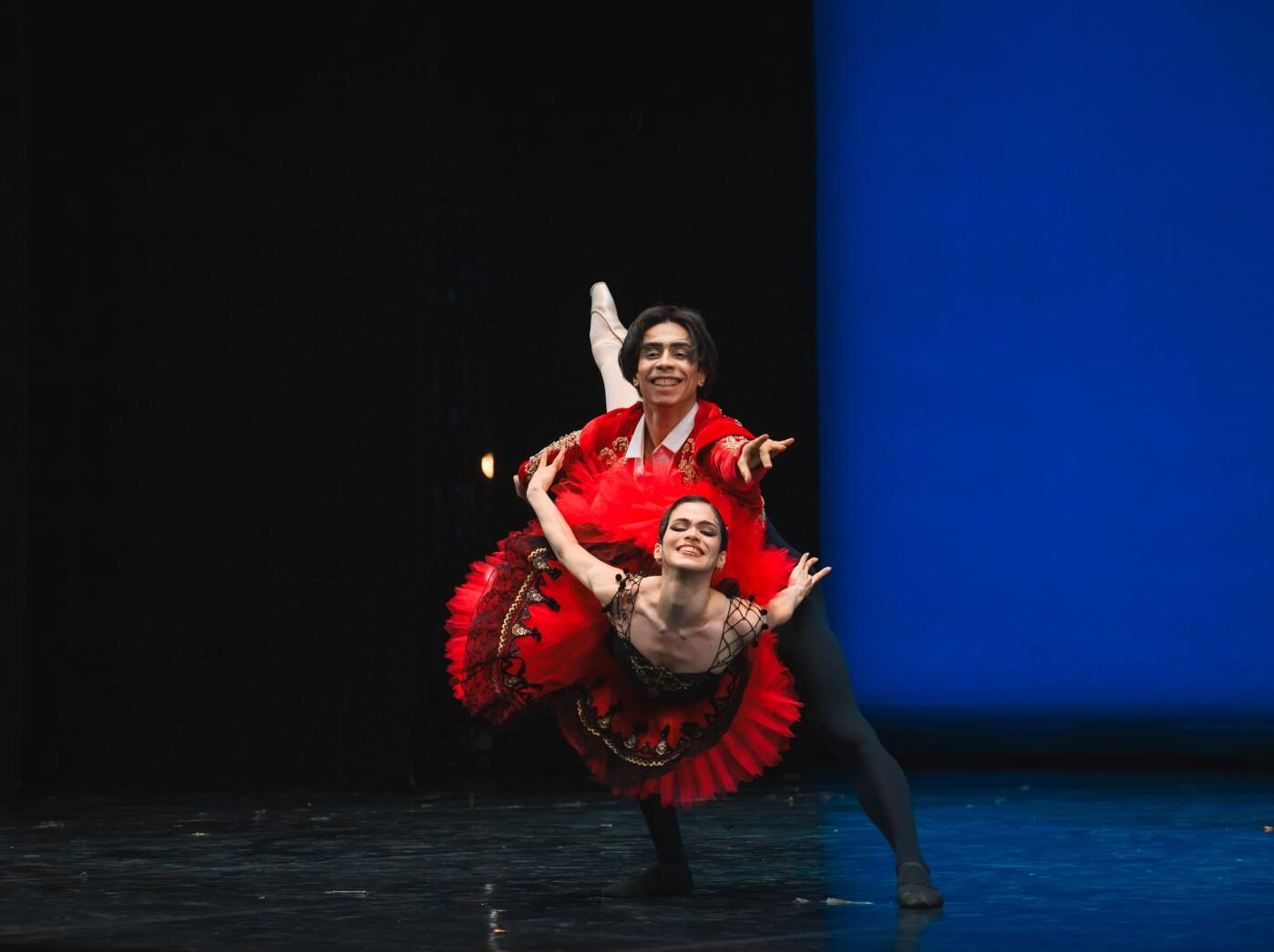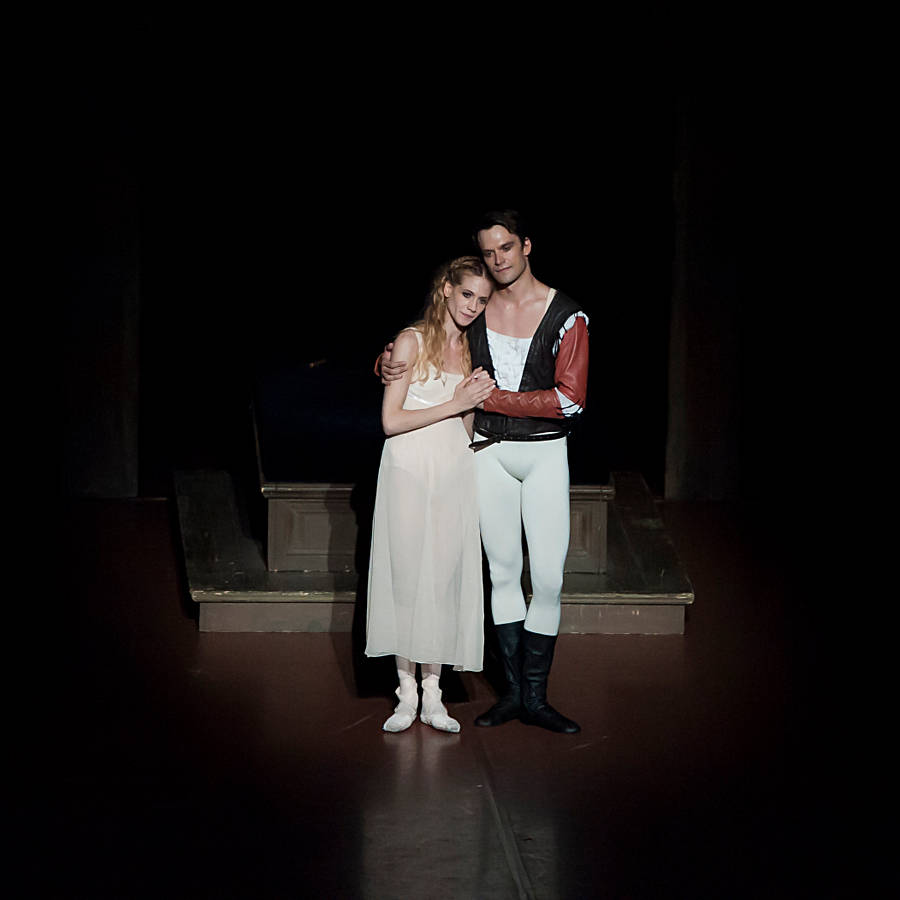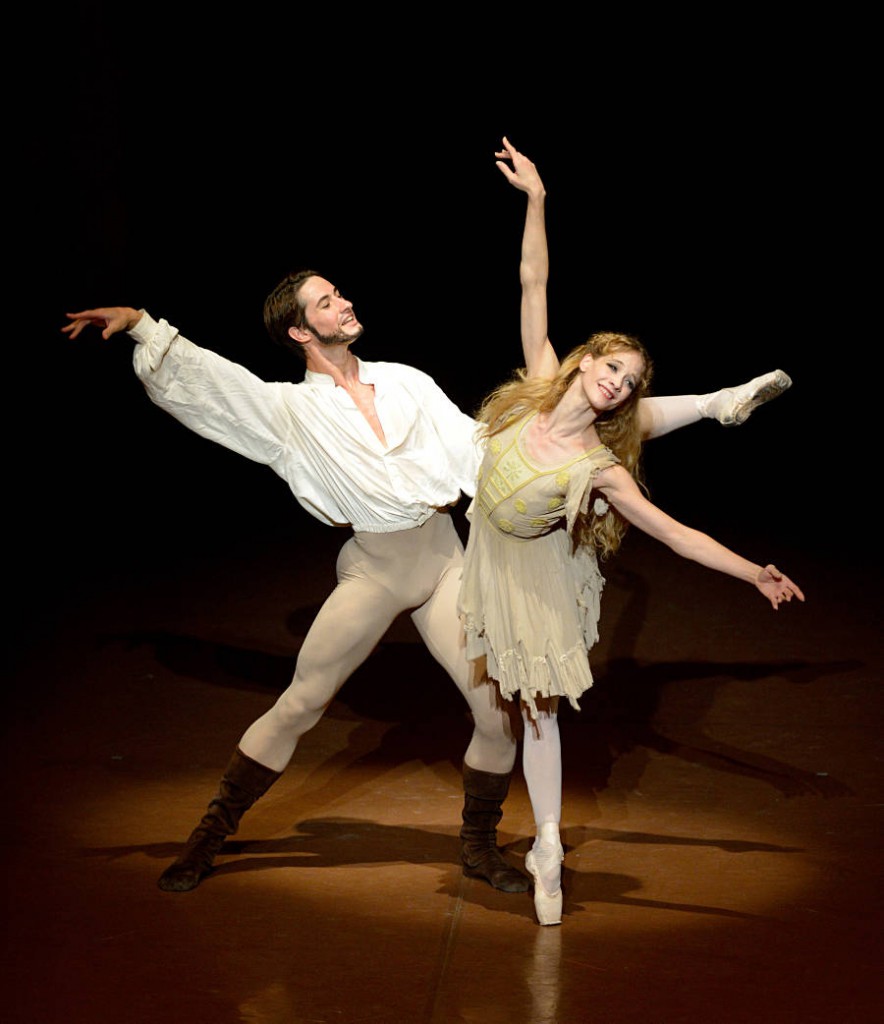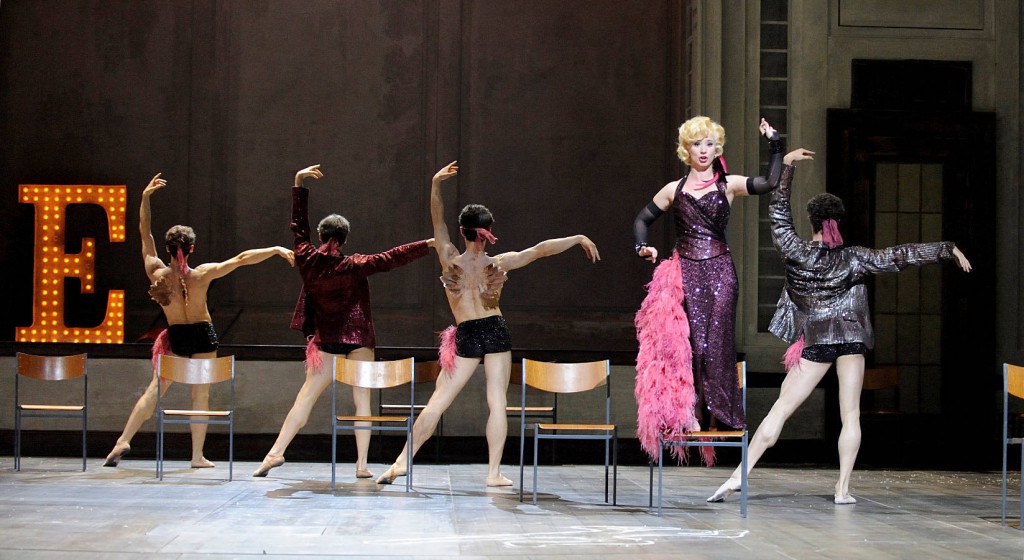Fostering Ballet’s Future
Noverre Society Stuttgart
Stuttgart, Germany
December 2014
by Ilona Landgraf
Copyright © 2014 by Ilona Landgraf
 The dance critic Horst Koegler once compared him with a F1 World Champion who – second to none – has held his title for more than half a century: Fritz Höver, founder and longstanding chairman of Stuttgart’s Noverre Society. How would the Stuttgart Ballet have developed without Höver? Back in the early 1960s no one knew John Cranko in Stuttgart, not even Stuttgart Opera’s general director Walter Erich Schäfer. It’s hard to believe these days but in the late 1950s Stuttgart’s audience had not yet acquired a taste for ballet. The genre’s main function, since 1957 in the hands of artistic director Nicholas Beriozoff, ex-dancer of the Ballet Russe de Monte Carlo, still was to take part in opera productions. Beriozoff, paving the way for the company’s ascent, put considerable effort in promoting ballet. It was due to the relentless persuasive power of Höver, that the young Cranko was invited to Baden-Wuerttemberg’s capital. In 1960 Cranko staged his first work in Stuttgart, “The Prince of the Pagodas” which had premiered three years earlier atNich The Royal Ballet. One year later he took over the reigns of “The Stuttgart Ballet”. (more…)
The dance critic Horst Koegler once compared him with a F1 World Champion who – second to none – has held his title for more than half a century: Fritz Höver, founder and longstanding chairman of Stuttgart’s Noverre Society. How would the Stuttgart Ballet have developed without Höver? Back in the early 1960s no one knew John Cranko in Stuttgart, not even Stuttgart Opera’s general director Walter Erich Schäfer. It’s hard to believe these days but in the late 1950s Stuttgart’s audience had not yet acquired a taste for ballet. The genre’s main function, since 1957 in the hands of artistic director Nicholas Beriozoff, ex-dancer of the Ballet Russe de Monte Carlo, still was to take part in opera productions. Beriozoff, paving the way for the company’s ascent, put considerable effort in promoting ballet. It was due to the relentless persuasive power of Höver, that the young Cranko was invited to Baden-Wuerttemberg’s capital. In 1960 Cranko staged his first work in Stuttgart, “The Prince of the Pagodas” which had premiered three years earlier atNich The Royal Ballet. One year later he took over the reigns of “The Stuttgart Ballet”. (more…)










